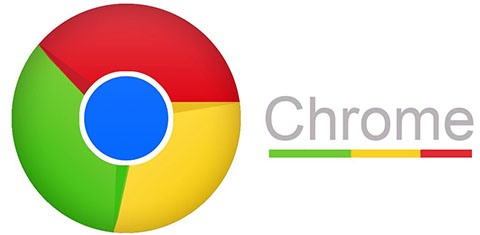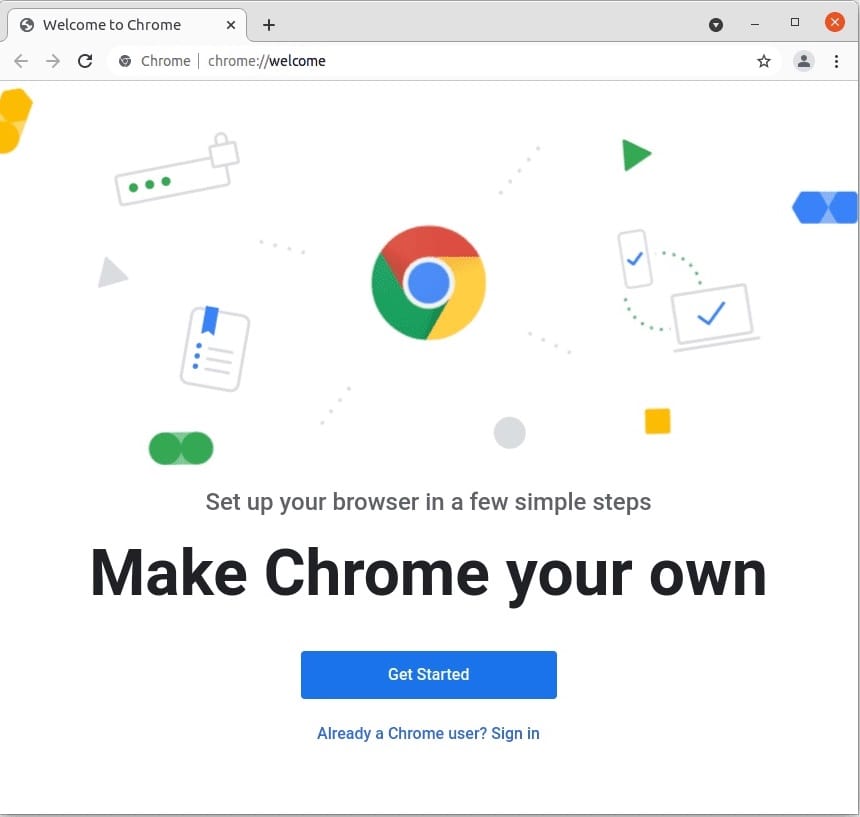How To Install Google Chrome on Linux Mint 22

In this tutorial, we will show you how to install Google Chrome on Linux Mint 22. Google Chrome is one of the most popular web browsers worldwide, known for its speed, reliability, and user-friendly interface. As a Linux Mint 22 user, you may want to install Google Chrome to enhance your browsing experience and take advantage of its extensive library of extensions and features
This article assumes you have at least basic knowledge of Linux, know how to use the shell, and most importantly, you host your site on your own VPS. The installation is quite simple and assumes you are running in the root account, if not you may need to add ‘sudo‘ to the commands to get root privileges. I will show you the step-by-step installation of the Google Chrome browser on Linux Mint 22.
Prerequisites
- A server running one of the following operating systems: Linux Mint 22.
- It’s recommended that you use a fresh OS install to prevent any potential issues.
- While we’ll guide you through the process, a basic understanding of the command line will be beneficial. If you’re new to the CLI, you might want to acquaint yourself with some fundamental commands.
- An active internet connection.
- Administrative privileges are essential for installing and configuring software on your system. Ensure that you have superuser or sudo access.
Install Google Chrome on Linux Mint 22
Step 1. Update Your Linux Mint System.
To begin, update your system packages to ensure you have the latest versions available. Open a terminal and run the following command:
sudo apt update sudo apt upgrade
This command retrieves the latest package information from the repositories, allowing you to install the most recent versions of Chrome and its dependencies.
Step 2. Installing Google Chrome Browser.
- Method 1: Installing Google Chrome via Terminal
To install Google Chrome, you need to add the official Google Chrome repository to your system. This ensures that you receive the latest updates and security patches. Open the terminal and run the following command:
sudo sh -c 'echo "deb [arch=amd64 signed-by=/usr/share/keyrings/google-chrome.gpg] http://dl.google.com/linux/chrome/deb/ stable main" > /etc/apt/sources.list.d/google-chrome.list'
To verify the authenticity of the Google Chrome packages, you need to import the Google signing key. Run the following command in the terminal:
wget -q -O - https://dl.google.com/linux/linux_signing_key.pub | sudo apt-key add -
After adding the repository and importing the signing key, update your system’s package list to include the newly added Google Chrome repository. Run the following command:
sudo apt update
Now that your system is prepared, you can proceed with installing Google Chrome. Run the following command in the terminal:
sudo apt install google-chrome-stable
Once the installation is complete, you can launch Google Chrome from the terminal by running the following command:
google-chrome
- Method 2: Installing Google Chrome via DEB Installer
If you prefer a graphical installation method, you can download the Google Chrome DEB installer and install it using the GDebi package installer. Follow these steps:
Visit the official Google Chrome download page using your current web browser. Click on the “Download Chrome” button and select the “64-bit .deb (For Debian/Ubuntu)” option from the dropdown menu. The DEB file will be downloaded to your default downloads directory.
GDebi is a user-friendly package installer for Debian-based systems like Linux Mint. If you don’t have GDebi installed, you can install it by running the following command in the terminal:
sudo apt install gdebi
Once GDebi is installed, navigate to your downloads directory, right-click on the Google Chrome DEB file, and select “Open With GDebi Package Installer.” Click the “Install Package” button to begin the installation process. You may be prompted to enter your password to authorize the installation.
After the installation is complete, you can verify that Google Chrome has been successfully installed by searching for it in the application menu or by running the following command in the terminal:
google-chrome --version
- Method 3: Installing Google Chrome via Flatpak
Flatpak is a universal packaging system that allows you to install applications across various Linux distributions. If you prefer using Flatpak, follow these steps to install Google Chrome:
sudo apt install flatpak
Flathub is the primary repository for Flatpak applications. To add the Flathub repository, run the following command in the terminal:
sudo flatpak remote-add --if-not-exists flathub https://flathub.org/repo/flathub.flatpakrepo
With Flatpak and the Flathub repository set up, you can now install Google Chrome by running the following command:
sudo flatpak install flathub com.google.Chrome
To launch Google Chrome installed via Flatpak, you can find it in your application menu or run the following command in the terminal:
flatpak run com.google.Chrome

Congratulations! You have successfully installed Chrome. Thanks for using this tutorial to install the latest version of the Google Chrome browser on the Linux Mint system. For additional help or useful information, we recommend you check the official Chrome website.